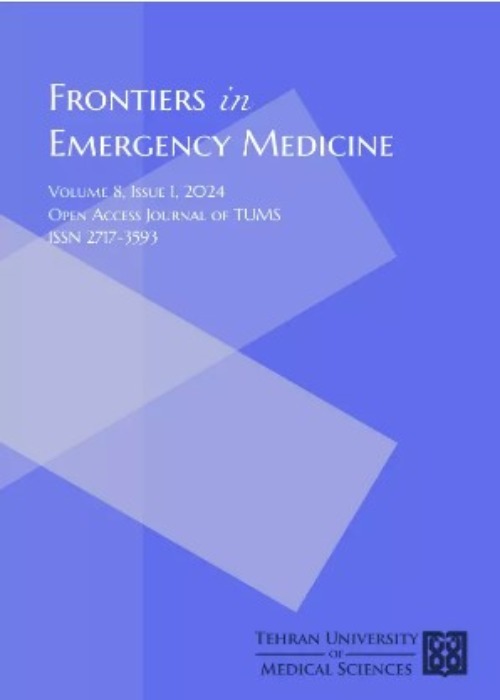Echocardiographic assessment of diastolic function in non-ST elevation acute coronary syndrome patients and its association with in-hospital diagnosis
This study was conducted to evaluate the association of echocardiographic parameters used in left ventricular (LV) diastology with the early results of non-ST elevation acute coronary syndrome (NSTE-ACS) workup in the hospital.
This cross-sectional study was performed on patients presenting with acute chest pain and a diagnosis of NSTE-ACS including only patients with unstable angina (UA) and non-ST elevation myocardial infarction (NSTEMI). All patients underwent transthoracic echocardiography in the emergency room (ER) within 12 hours of the last episode of chest pain. An invasive approach was not uniformly pursued in all of the patients so analysis was performed in two different settings. First, analysis was performed in the patients that underwent coronary angiography (CAG) and echocardiographic data were compared between those with normal and abnormal CAG results. Finally, echocardiographic data of the patients with normal diagnostic results (i.e., normal exercise tolerance test (ETT), myocardial perfusion imaging (MPI) or coronary angiography (CAG) results) were compared with the data of the patients with abnormal test results.
Eighty patients with a mean age of 54.43 ± 12.38 years were included in the study, of whom 57 (71.2%) were male. Fifty-three patients underwent CAG. In these 53 patients, there was significant difference in mitral annular velocity in early diastole (e’), ratio of mitral inflow velocity to e’ (E/e’), left ventricular end-diastolic diameter (LVEDD) and left ventricular end-diastolic pressure (LVEDP) between patients with coronary artery involvement and those with normal coronary artery (P<0.05). The area under the receiver operating characteristic (ROC) curve to predict CAG results for e’, E/ e’, LVEDD and LVEDP was more than 0.65. The sensitivity and specificity of the LV diastolic dysfunction for predicting coronary involvement was 94.4% and 35.29%, respectively. Comparison of echocardiographic data between patients with normal test results (non-invasive and invasive) and those with abnormal diagnostic tests showed a significant difference in e’, E/e’, acceleration time of E, LV end-diastolic diameter index, size of interventricular septum and left atrial volume.
The results suggest that diastolic dysfunction data can be used as an adjunctive method to evaluate ACS patients in the ER.
- حق عضویت دریافتی صرف حمایت از نشریات عضو و نگهداری، تکمیل و توسعه مگیران میشود.
- پرداخت حق اشتراک و دانلود مقالات اجازه بازنشر آن در سایر رسانههای چاپی و دیجیتال را به کاربر نمیدهد.


